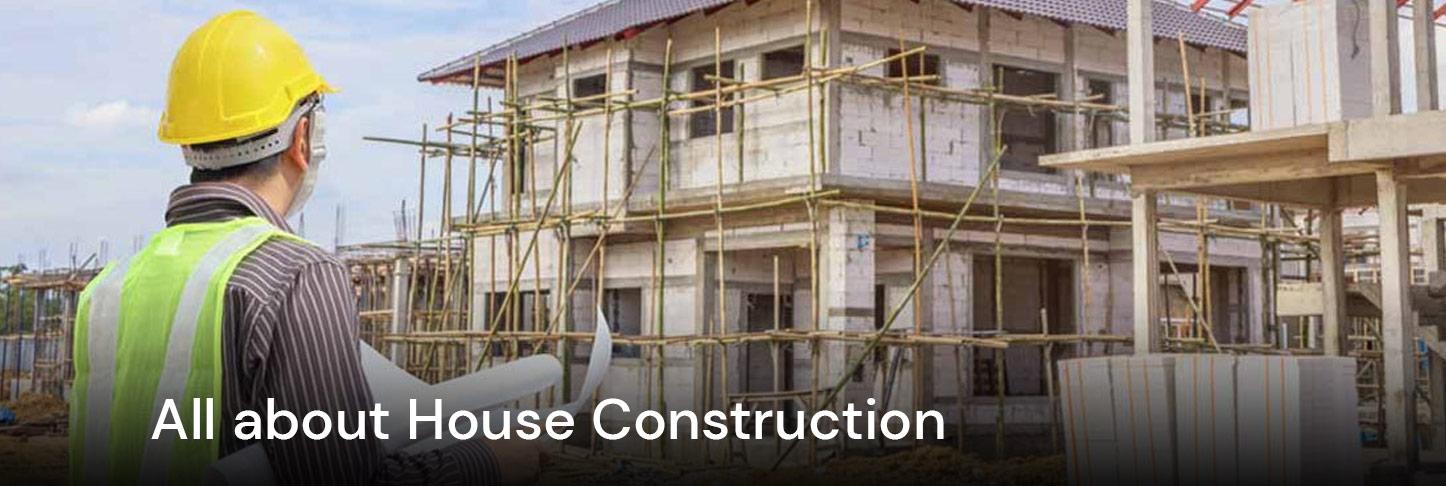
Talk to our Expert
Talk to our Expert
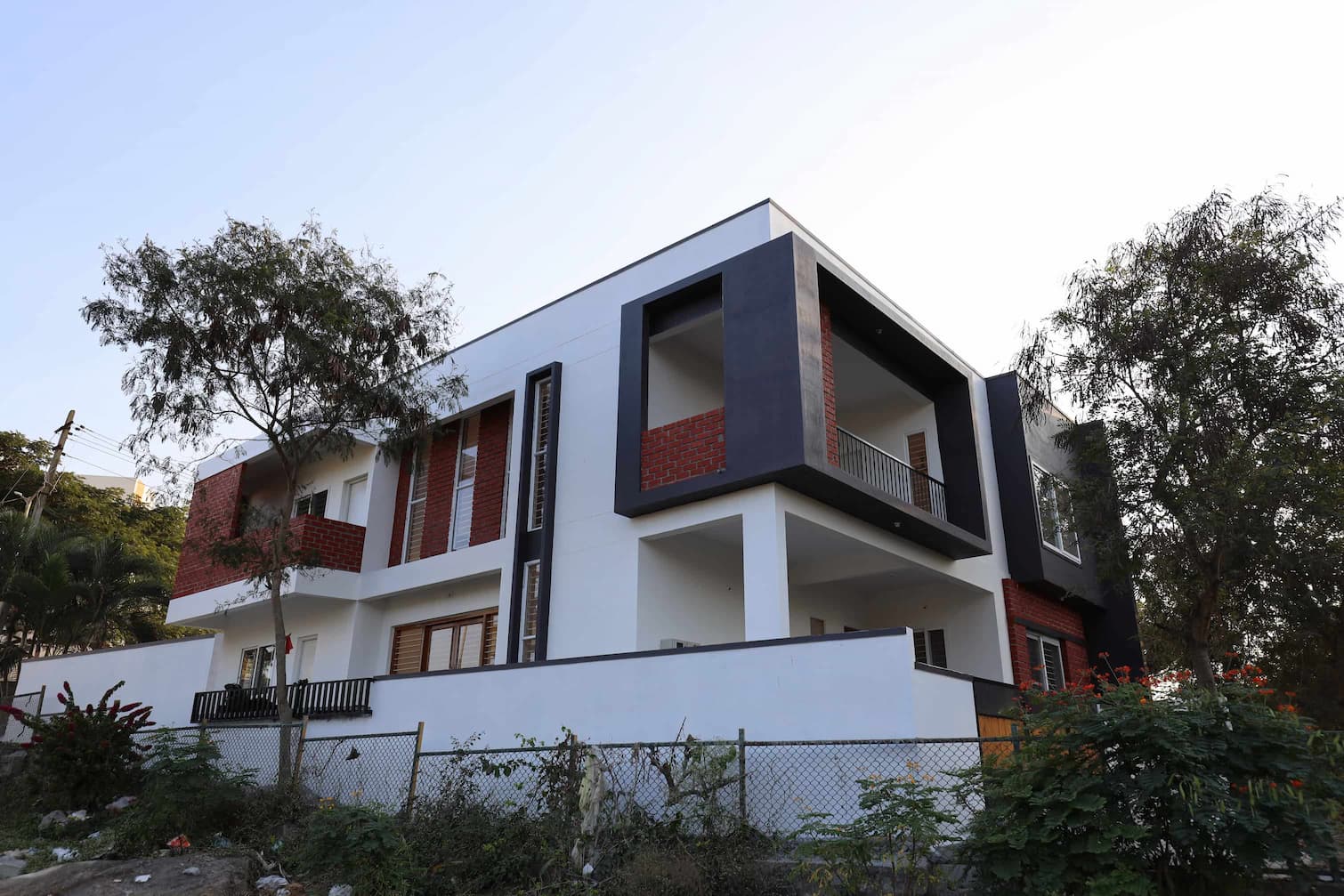
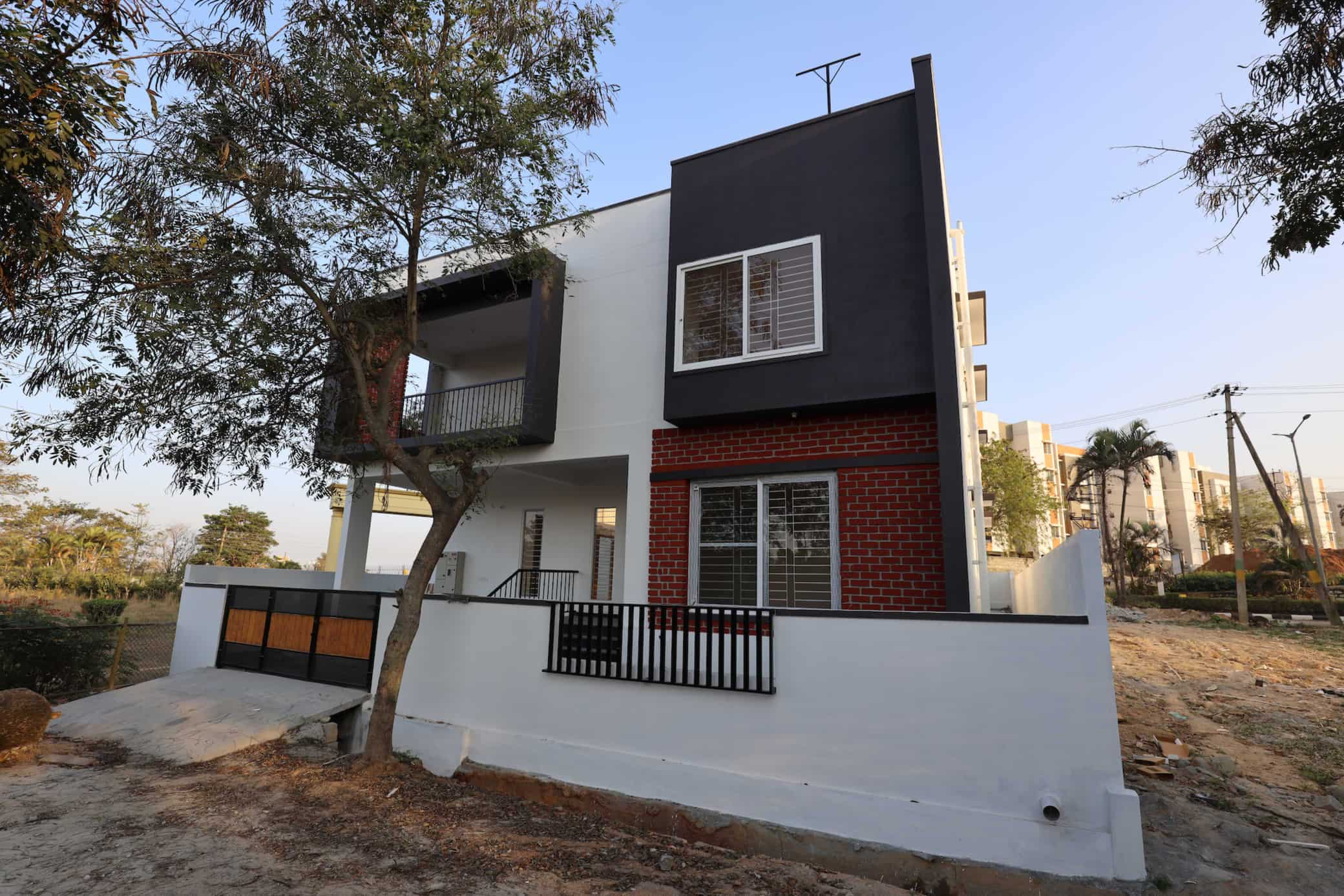
Do you have any construction requirements?
Book Free ConsultationResidential House
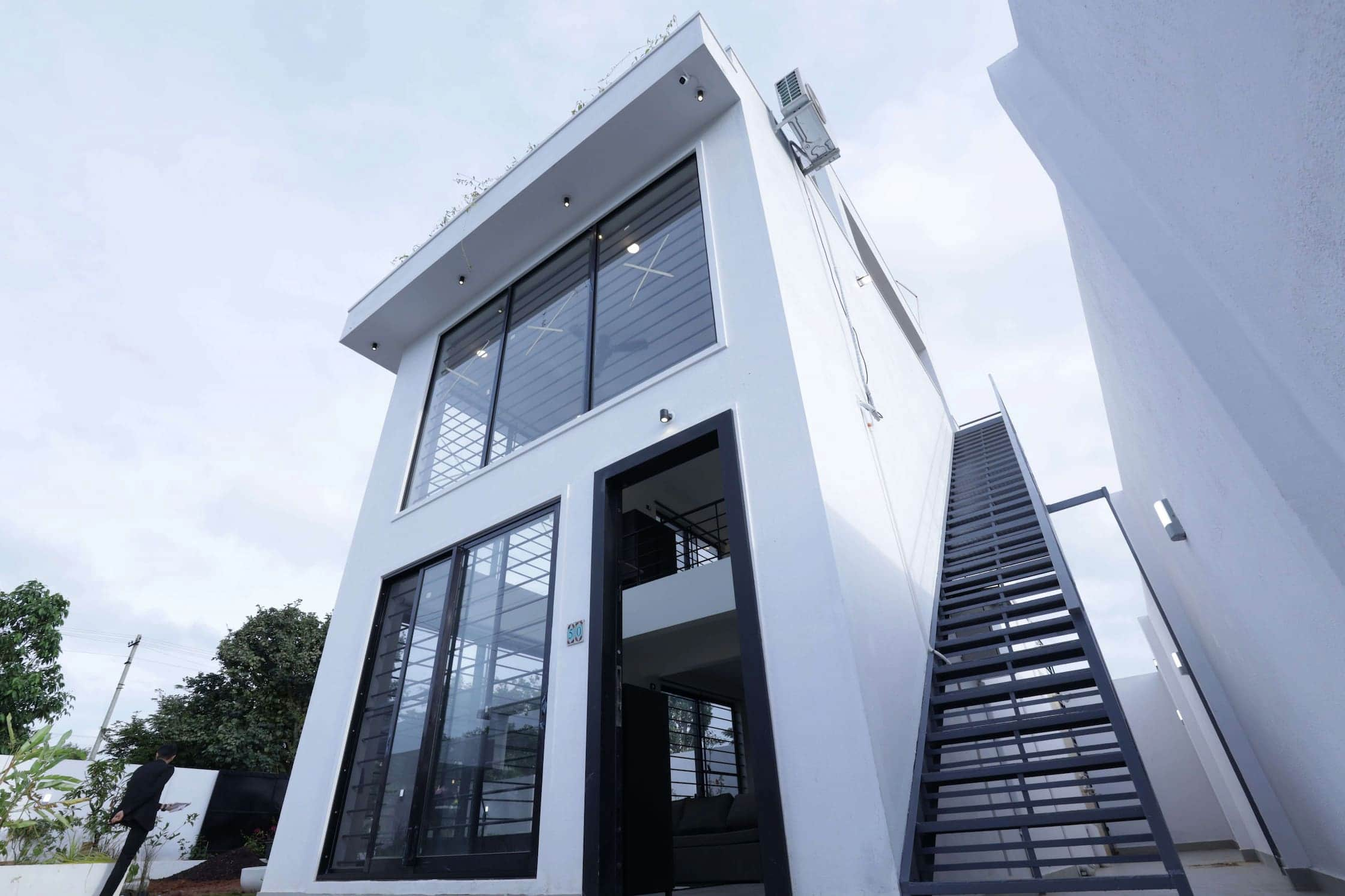
Apartments
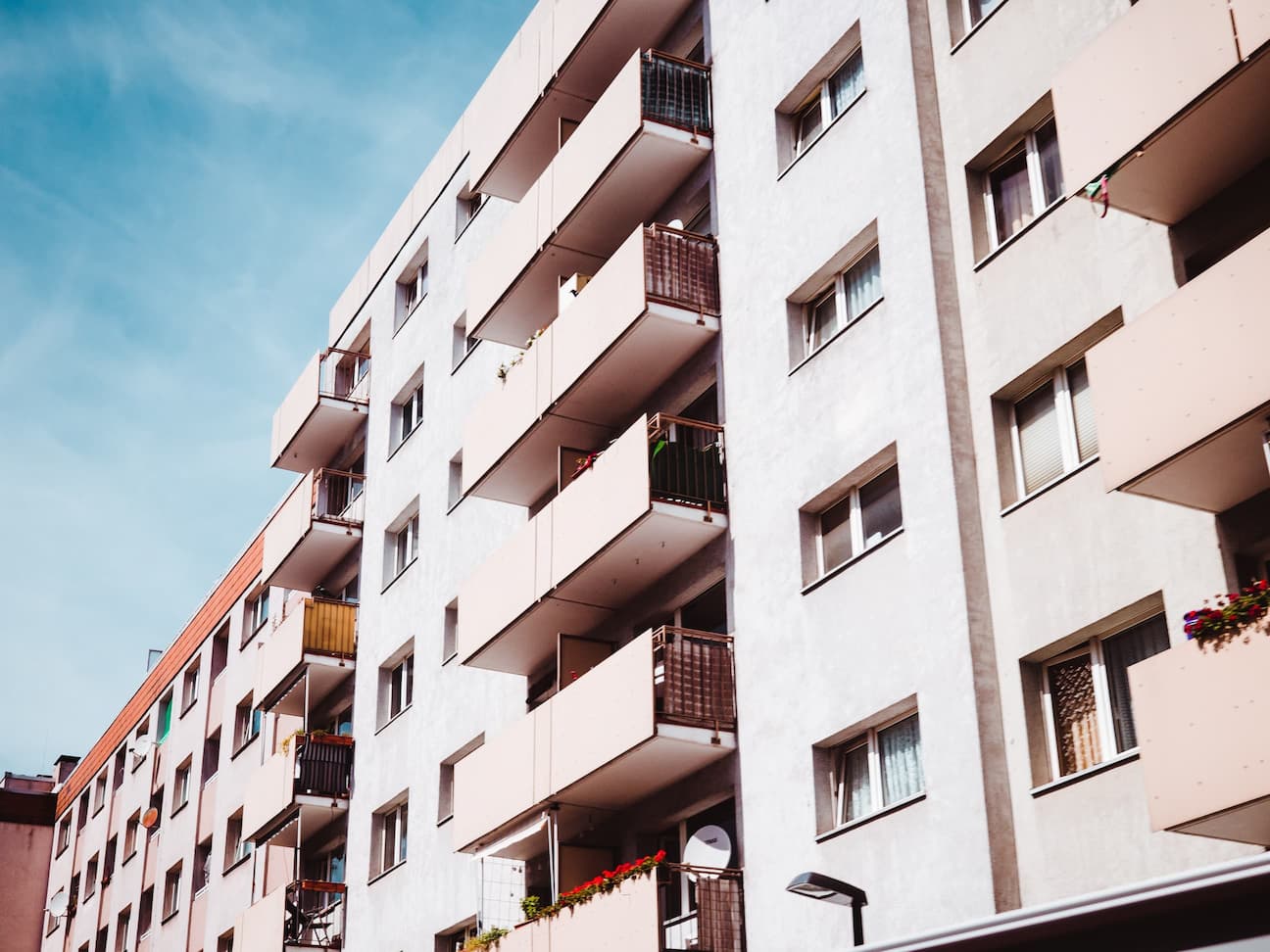
Villa
An Eco-Friendly/ Green Home
Smart Homes
Bungalows
Modular Homes
Site-Built Homes
Multiple Designs done by Brick&Bolt
Get in touch with our expert and share your requirements with us.
Talk to our expert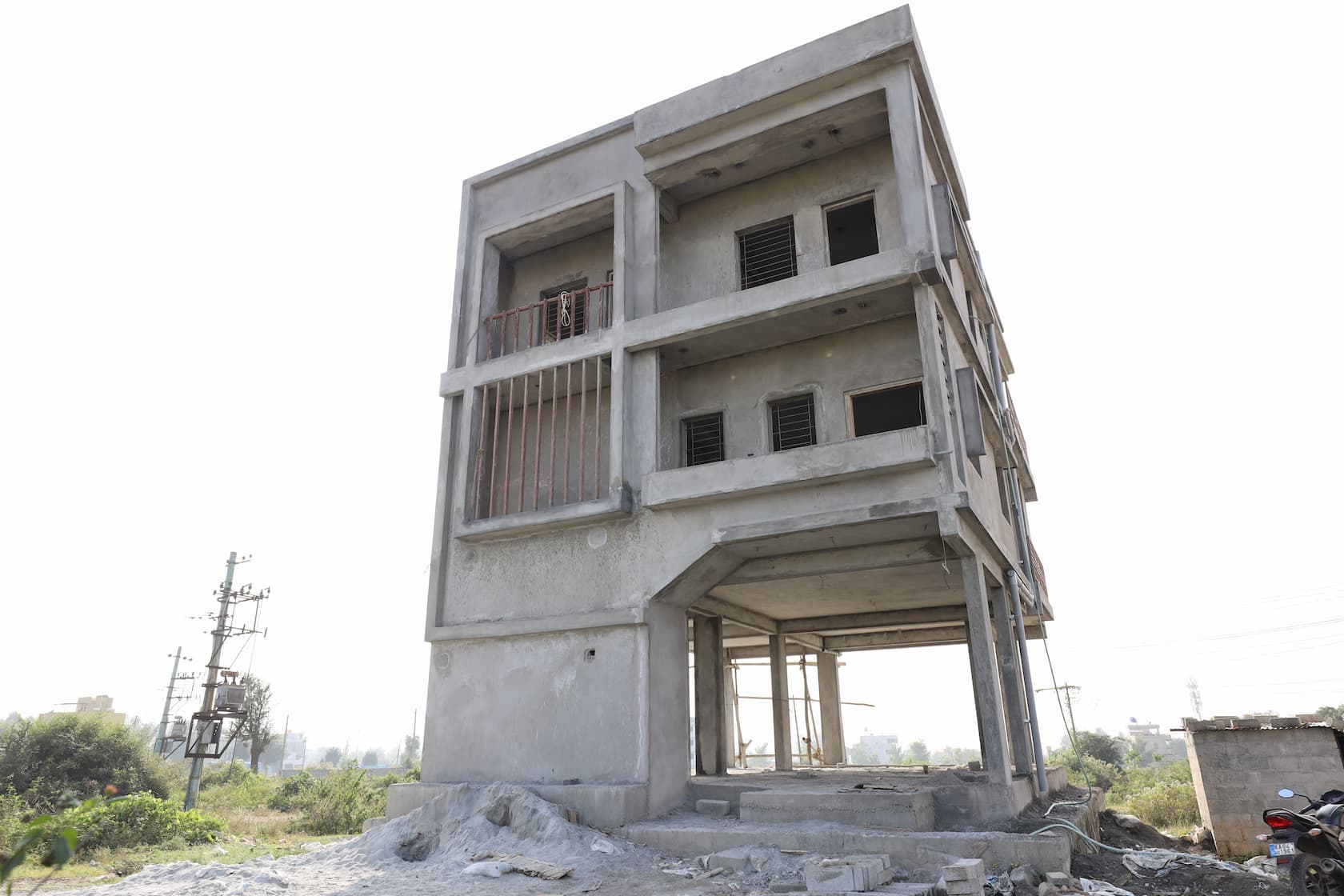
Choose Your Location And Design Your Home
Find A Developer And Get Started.
Get The Essential Permits
Start Construction On Your New Home
Soil Testing And Report Analysis

Demolition Of Old Structure
Site Surveying And Layout In Construction
Underground MEP Services Mapping
Site Clearing
Start Construction Work
Building a house? Find out how much it will cost to build a house.
Calculate House Construction CostStart Building Foundations By Marking Out a Level Datum Point
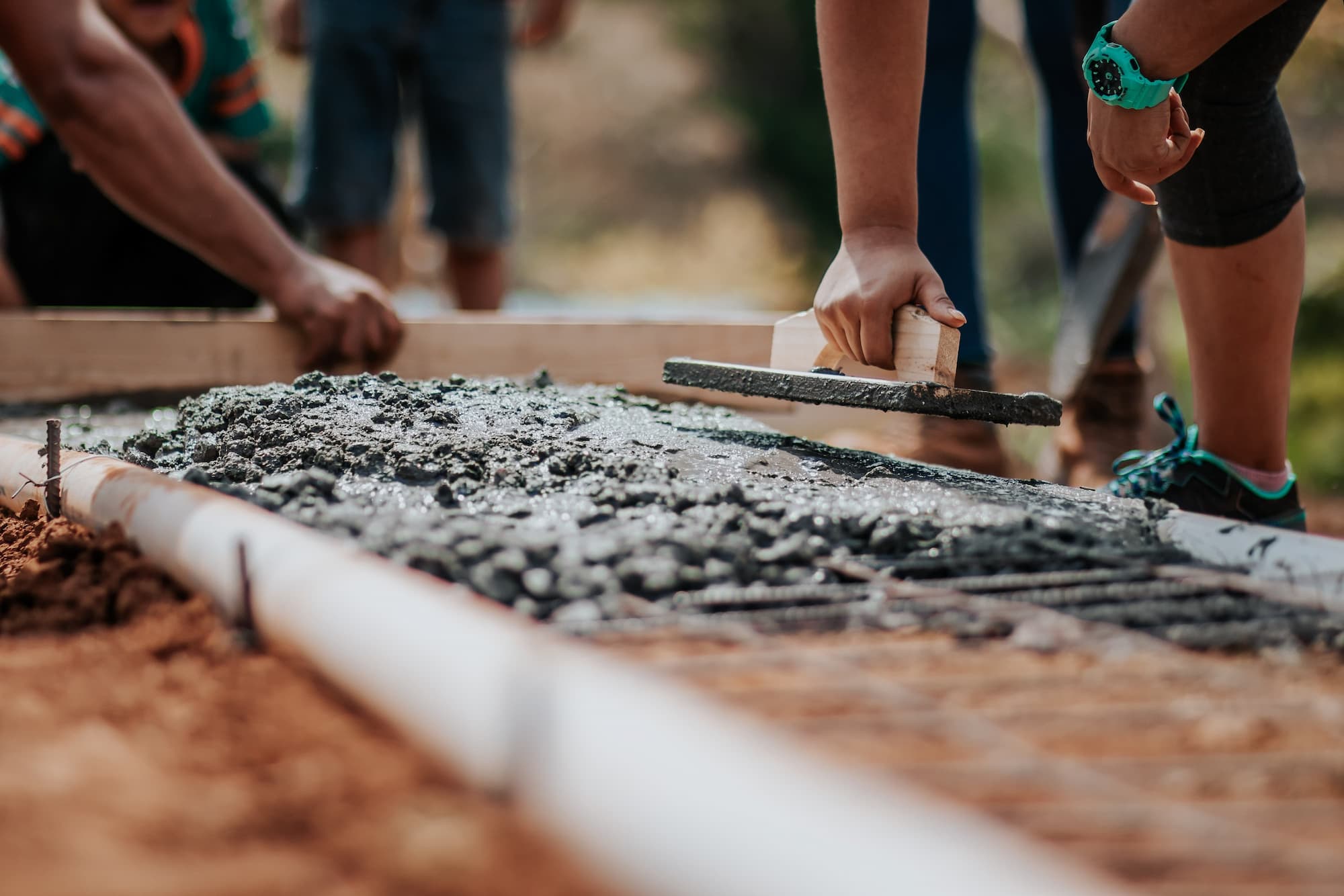
Calculate The Material To Be Used For Building Foundations
Use String Lines To Mark Out Your Building Foundations
Mark Out the Trenches For Your Building Foundations
Mark All Corners Of The Building Foundations.
Start Digging The Foundation Trenches.
Strong House Foundations: Materials, Weight, And Process
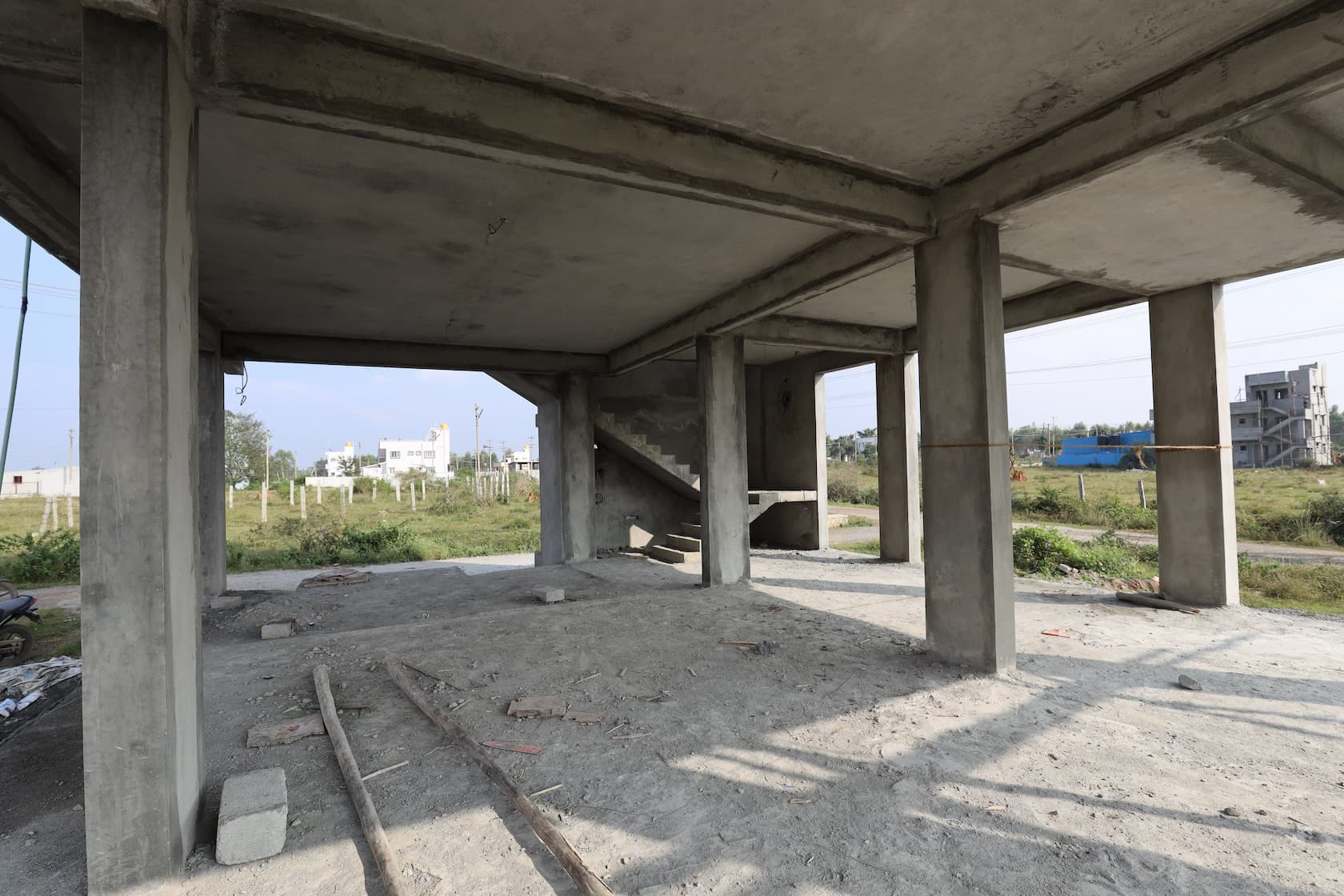
Types Of RCC Columns based on Shapes
Types Of RCC Columns Based On Length
Column Reinforcement
Some Guidelines On Column Shuttering
Concreting The RCC Column
Deshuttering
Curing
Checking
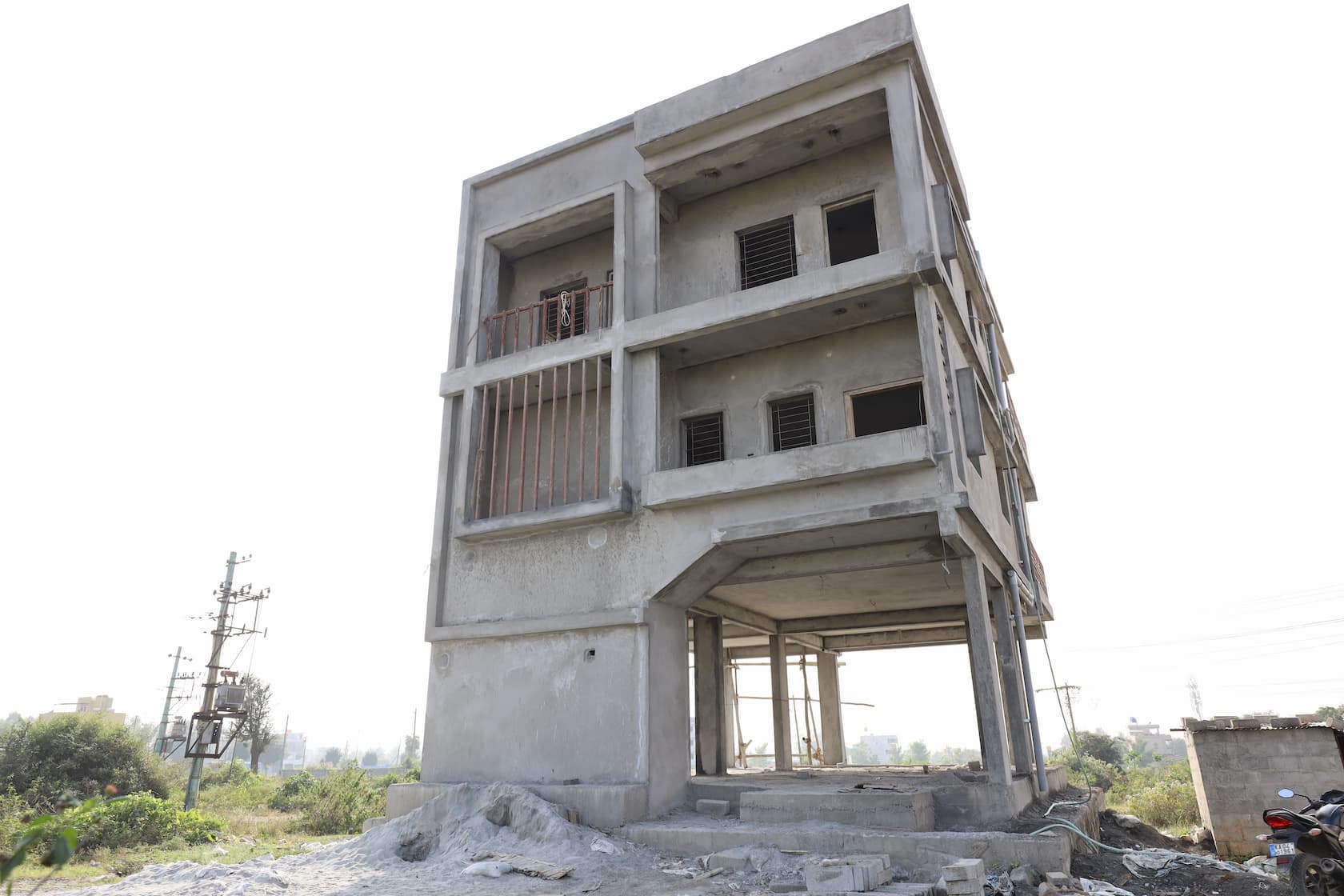
Assemble And Erect Formwork
Prepare And Place Reinforcement
Pour, Compact, And Finish Concrete
Curing Concrete And Remove Formwork
Methods of Plastering - Do’s and Do not
Chicken mesh at junctions
Laying The Electrical Conduits In The Slab
Laying Electrical Conduits In Walls
Switchboards And Distribution Boards
Installation Of Switch Boards Back Boxes
Installation Of Distribution Boards
Laying Plumbing Pipes on walls
Importance of Pressure Testing
Tanks and water storage options
Door Window Framing And Fixations
Painting Work
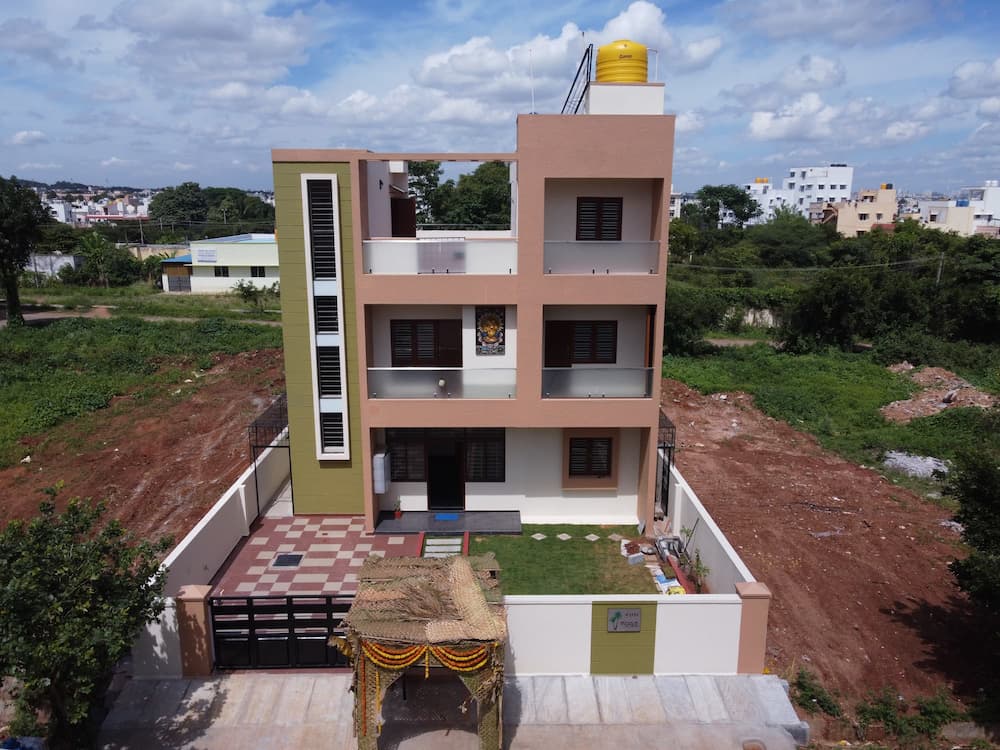
Track The Progress Via The Smart App
List Of Quality Checks
Penalty Is Charged
No Price Escalation Once The project starts
Release Of Payments To Contractor After Completion Of Each Stage
Five Years Of Warranty
Trusted And Verified Contractors
Do you have any construction requirements?
Book Free ConsultationQ1. What is the first step in building construction?
Q2. How long does it take to build a house?
Q3. How to prepare for new construction?
Q4. How to get land for building a home?
Q5. Why use chicken mesh for plaster?